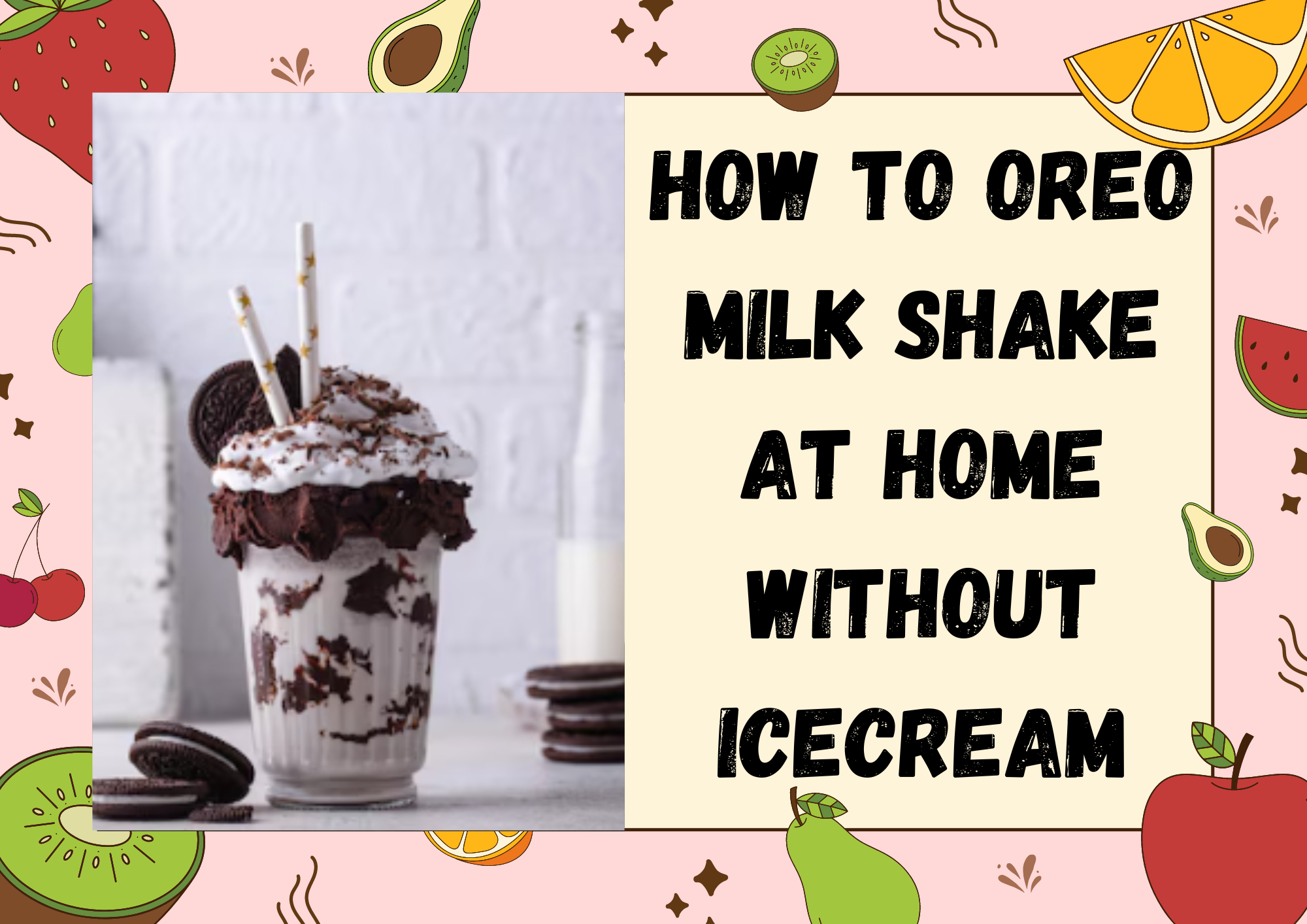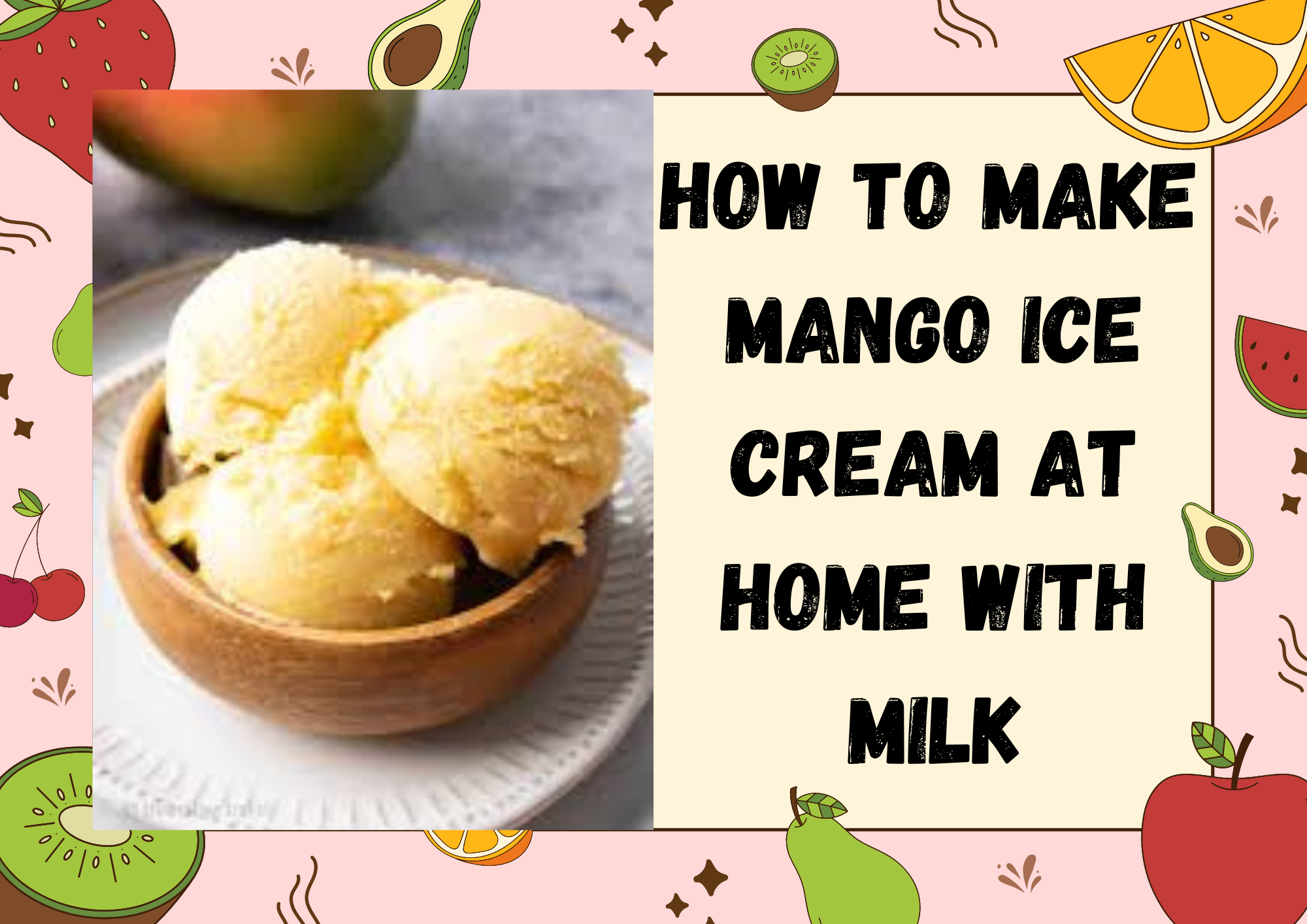
Introduction
Homemade cat food is becoming increasingly popular among pet owners who want to ensure their feline friends receive high-quality, nutritious meals. Making cat food at home allows you to control the ingredients, tailor recipes to your cat’s dietary needs, and avoid additives and preservatives often found in commercial pet foods. This comprehensive guide will walk you through the process of making cat food at home, including recipes, necessary ingredients, nutritional guidelines, and common FAQs.
Understanding Your Cat’s Nutritional Needs
Essential Nutrients for Cats
Cats are obligate carnivores, meaning their diet must primarily consist of animal-based proteins. Here are some essential nutrients that must be included in their diet:
- Protein: Essential for growth and maintenance. Should come from animal sources.
- Taurine: An amino acid critical for heart and eye health.
- Fat: Provides energy and supports cell function. Omega-3 and omega-6 fatty acids are particularly important.
- Vitamins: Including A, D, E, and B-complex vitamins.
- Minerals: Such as calcium, phosphorus, and magnesium.
Foods to Avoid
Certain foods can be harmful to cats and should be avoided when preparing homemade cat food:
- Onions and garlic: Can cause anemia.
- Chocolate: Toxic to cats.
- Grapes and raisins: Can cause kidney failure.
- Alcohol: Highly toxic to cats.
- Caffeine: Can lead to restlessness and rapid breathing.
Ingredients and Supplies Needed
Essential Ingredients
- Meat: Chicken, turkey, beef, or fish.
- Organs: Liver and heart.
- Bone Meal or Calcium Supplement: For bone health.
- Eggs: For additional protein.
- Fish Oil: Rich in omega-3 fatty acids.
- Taurine Supplement: If not enough taurine is present in the meat used.
- Vegetables (optional): Limited amounts of pureed carrots, peas, or pumpkin.
Supplies
- Sharp Knife: For cutting meat.
- Food Processor or Grinder: For processing meat and organs.
- Mixing Bowls: For combining ingredients.
- Measuring Cups and Spoons: For accurate ingredient measurement.
- Storage Containers: For refrigerating or freezing prepared food.
Step-by-Step Guide to Making Homemade Cat Food
Recipe 1: Basic Chicken Cat Food
Ingredients:
- 2 pounds of chicken thighs (with bone)
- 4 ounces of chicken liver
- 2 large eggs (raw)
- 1 teaspoon of fish oil
- 2 taurine capsules (500mg each)
- 1/2 teaspoon of salt substitute (potassium chloride)
Instructions:
- Preparation:
- Debone the chicken thighs, but keep the bones.
- Cut the chicken meat and liver into small pieces.
- Grinding:
- Use a food processor or grinder to grind the chicken meat, liver, and bones.
- Mixing:
- In a large mixing bowl, combine the ground meat mixture with eggs, fish oil, taurine capsules, and salt substitute.
- Mix thoroughly to ensure even distribution of supplements.
- Portioning:
- Divide the mixture into daily portions based on your cat’s size and dietary needs.
- Storage:
- Store portions in airtight containers.
- Refrigerate portions that will be used within 3 days and freeze the rest.
Recipe 2: Fish and Vegetable Cat Food
Ingredients:
- 1 pound of salmon (without bones)
- 1 cup of cooked, mashed peas
- 1 large egg (raw)
- 1 teaspoon of fish oil
- 1 taurine capsule (500mg)
- 1/2 teaspoon of calcium supplement
Instructions:
- Preparation:
- Cook the salmon until fully done and let it cool.
- Mash the peas until smooth.
- Mixing:
- In a large mixing bowl, combine the cooked salmon, mashed peas, raw egg, fish oil, taurine capsule, and calcium supplement.
- Mix thoroughly.
- Portioning and Storage:
- Divide the mixture into portions suitable for your cat’s daily intake.
- Store in airtight containers, refrigerating what will be used within 3 days and freezing the rest.
Nutritional Guidelines and Considerations
Consulting a Veterinarian
Before switching to a homemade diet, it’s essential to consult with your veterinarian. They can help ensure that the homemade diet meets all of your cat’s nutritional requirements and suggest any necessary adjustments or supplements.
Balancing Nutrients
Homemade cat food should provide a balanced diet. Over time, ensure a variety of meats and organs are used to meet nutritional needs. Consider incorporating supplements like taurine and fish oil to ensure essential nutrients are present.
External Links
FAQs
1. Is homemade cat food better than commercial cat food?
Homemade cat food can be better if it’s prepared correctly, as it allows control over ingredients and avoids preservatives and fillers found in commercial food. However, ensuring a balanced diet is crucial, so consulting a veterinarian is recommended.
2. Can I feed my cat only raw food?
Feeding raw food is an option, but it carries risks like bacterial contamination. It’s important to handle raw ingredients safely and consider partial cooking to reduce these risks.
3. How do I know if my homemade cat food is nutritionally balanced?
Consult a veterinarian or a pet nutritionist. They can provide guidance on ensuring the homemade diet meets all of your cat’s nutritional needs and suggest necessary supplements.
4. How should I store homemade cat food?
Homemade cat food should be stored in airtight containers. Refrigerate portions that will be used within 3 days and freeze the rest to maintain freshness and prevent spoilage.
5. What supplements should I add to homemade cat food?
Common supplements include taurine, fish oil, and calcium. Consult with a veterinarian to determine the specific supplements and quantities needed for your cat.
Conclusion
Making cat food at home can be a rewarding endeavor that ensures your feline friend receives high-quality, nutritious meals. By understanding your cat’s nutritional needs, selecting appropriate ingredients, and following proper preparation methods, you can provide a balanced diet that supports your cat’s health and well-being. Always consult with a veterinarian to tailor the diet to your cat’s specific needs and ensure they receive all necessary nutrients. For more resources and guides on pet nutrition, visit www.sjynews.com



